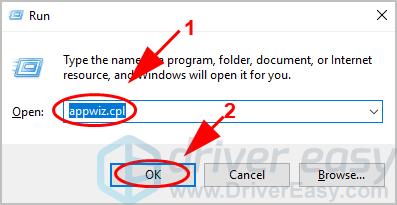

Do not select boot image as we don’t need it.Select Create a new custom task sequence, click Next.Under Software Library / Operating System / Task Sequence, right-click and Create Task Sequence.Custom Task Sequence to Uninstall Windows Update Create a new custom task sequence The advantage of this method is to use a simple package/program instead of a Task sequence. Using this method will require the right script to run on the right OS architecture. However, there’s still some softwarethat require x86 OS Architecture to run. Nowadays, 圆4 is pretty much the main OS architecture used on workstation and server. The second method involves having a script per OS architecture. Using a task sequence will work on both OS architectures because we can prevent a Run Command line to redirect file system on 圆4 clients.Īdditional details can be fond on this MSDN article On a 64-bits system, since SCCM is a 32 bits application when a WUSA.exe is called, it will attempts to access %windir%\System32 but will be redirected to %windir%SysWOW64 The advantage of using this method is the ability to use the same task sequence on both OS Architecture. One method is to use a Custom Task Sequence with a run command line. If you are looking for how to manage Windows update with SCCM, see our SCCM Software Update Management Guide for complete instructions. In this post, we will detail both solutions to uninstall a Windows Update with SCCM. Both solutions require the command line utility WUSA.exe, that as been around since Windows Vista/Windows Server 2008 era.

There are 2 ways to uninstall a Windows Update. With the recent problems caused by monthly Windows Update, knowing how to massively uninstall Windows Update with SCCM is a must! This action is not available by default in SCCM.


 0 kommentar(er)
0 kommentar(er)
